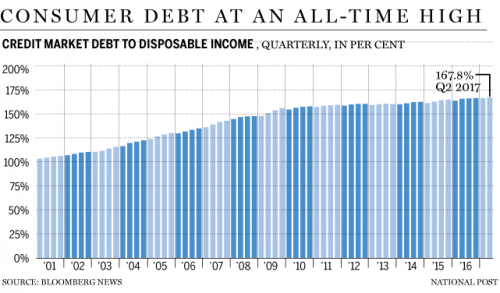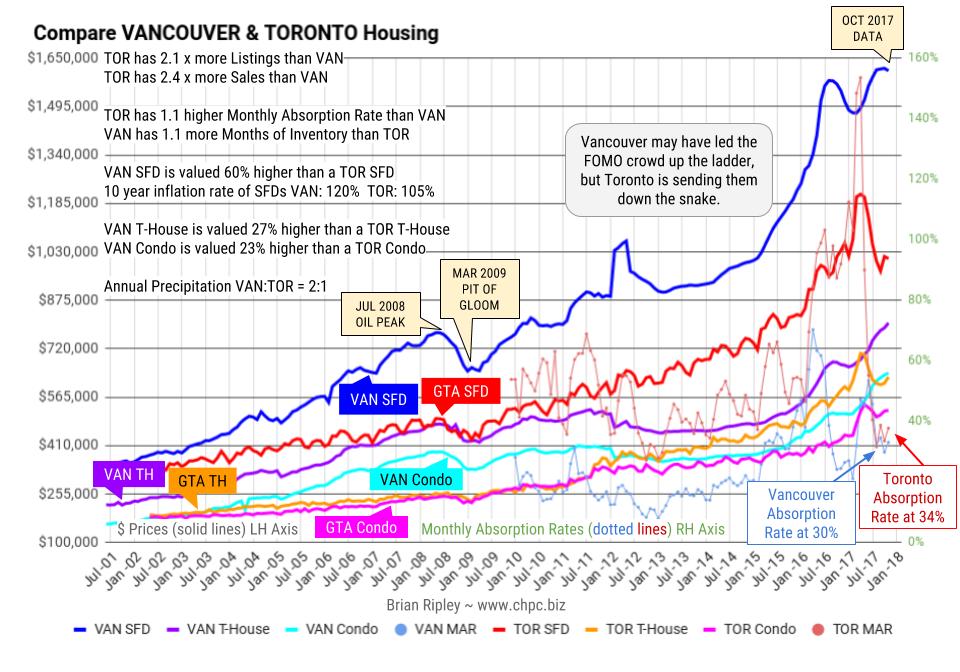Real Estate
 Tiho travels the world for investment and real estate opportunities while managing money for high net worth investors. He is simply the best trader and investor I’ve ever met. He covers the Emerging Market Real Estate in Montenegro, a low tax (9%) jurisdiction on the Adriatic coastline:
Tiho travels the world for investment and real estate opportunities while managing money for high net worth investors. He is simply the best trader and investor I’ve ever met. He covers the Emerging Market Real Estate in Montenegro, a low tax (9%) jurisdiction on the Adriatic coastline:
Jordan: Hello again everyone. Welcome back to episode two of The Atlas Investor podcast with Tiho Brkan. Thank you so much for joining us today. Tiho, my friend. Are you ready for episode two?
Tiho Brkan: I sure am.
Jordan: So Tiho, you are in Montenegro today. Tell us what city you are in and what else we’ll be discussing in episode two.
Tiho Brkan: Well hello to all the listeners. Yes, I’m in a beautiful little country of Montenegro on the Adriatic coastline, adjacent to a neighboring Croatia, Bosnia, Serbia, Albania, and also, across the waterways, Italy. We’ll be discussing a lot about Montenegro real estate and then we’ll get into what I think it will be a very interesting discussion between me and you Jordan, which is foreign stocks, in particular, emerging market stocks.
or listen below:
As Canadian household debt hit an all-time high in 2017 (see chart), a new study by TD Bank finds that 97% of Canadian homebuyers say they wish they’d factored in their other financial obligations when determining the mortgage they could afford. (Too bad their mortgage broker/architect/advisor was not required to factor these ‘obligations’ into their loan approval consideration either.) We are not talking about extraordinary, unexpected expenses here: 54% of those surveyed wish they’d considered property taxes and maintenance costs, and a third cite overall lifestyle expenses.

Lenders have been encouraged to be more lax in their approval process, because Canadian taxpayers are backstopping some 55% of Canada’s $1.6 trillion residential mortgage loans –$496 billion through CMHC, plus 90% of the $400 billion+ underwritten by Genworth MI, plus an undisclosed exposure through Canada Guarantee co-owned with the Ontario Teachers’ Pension.
Presently Canadian mortgage defaults are near cycle lows: less than .5% of residential mortgages held by the largest lenders are today considered delinquent (behind on monthly payments). But as acknowledged in the CMHC Q2 financial report:
The most important vulnerability is Canada’s high level of household debt, which could amplify the impact of an economics shock if indebted households begin to deleverage or struggle to repay their debt balances…
With property prices in major Canadian markets today considered the most over-valued in the world, it is prudent to consider what happens if when property prices mean revert, potentially taking prices below outstanding mortgage amounts so that owners are ‘underwater’ as seen in the 2006 US housing bust.
All insured residential mortgages in Canada are ‘full recourse’ meaning that if a borrower defaults and the property sale recoups less than the mortgage, the insurer pays to make the lender whole, and then sues the borrower to recoup the shortfall. But with so many high-ratio mortgages outstanding (minimal owner equity) along with other large unsecured consumer debts, and typically low liquid savings, the incentive for the debtor to file for bankruptcy is large.
As Canadian insolvency manager Scott Terrio points out in MacLeans this week, in the event of a shortfall (and default), the balance owing becomes unsecured—just like any credit card or unsecured line of credit—and the lender must then rely on the civil court to collect on the loss (shortfall). But a lender cannot take court action when a Canadian insolvency proceeding is underway, nor afterward as the debts are then legally discharged. See: Here’s how Canadians could walk away from their homes if house prices fall:
“…you can essentially walk away from your home in Canada, no matter the amount of the shortfall, if you file a bankruptcy or a proposal with a Licensed Insolvency Trustee. The estimated shortfall gets included as a normal unsecured debt for which the lender files a proof of claim, and it is discharged. No other recourse is available in the courts to the lender.
In my experience, this is a very little-known fact, even among those who are quite financially sophisticated…
The bottom line: in bankruptcy and creditor proposal filings, defaulting Canadian homeowners will leave losses to their lenders. And where those losses have been insured by the Canadian government, the losses will flow to us taxpayers. In the cleanup phase of the largest property bubble in Canadian history, this is likely to happen more than most imagine possible.
In March 2017 the Monthly Absorption Rate based on total inventory and total residential sales hit 154% in Toronto vs Vancouver at 47%. Vancouver may have led the FOMO crowd up the ladder, but Toronto is sending them down the snake.
|
|
This chart shows the relative values of STRATA units as a percentage of average single family dwellings in the 3 hot markets of Vancouver, Calgary and Toronto.
Calgarians are willing to trade 1 house for only 1.3 townhouses. Torontonians will settle for 1.6 townhouses and Vancouverites demand 2.
If the numbers don’t make sense you can always rent. When MOI is low & MAR is high, developers and vendors have the edge.

- For conventional mortgages (20% or more down payment or equity) the qualification rate for all terms is now either the Mortgage Qualifying Rate (MQR, currently 4.99%) or 2% higher than the rate, whichever is higher.
- Lenders are to enhance their Loan-to-Value ratios (the percentage of the home value you can obtain financing for) so they are reflective of the local housing market. For example, smaller communities may find they have more limited options as these are considered higher risk.
- Lenders will be restricted from offering combination mortgages (1st and 2nd combinations) to circumvent guidelines. Some lenders for instance would offer a 1st mortgage to 75% or 80% and a 2nd to 85% which allows them to qualify the 1st mortgage using their own looser guidelines instead of tighter insurer guidelines.
How do these rules affect you?
The most important of these is of course the reduction in borrowing power with 20%+ down. With the new rules, buyers will find their borrowing power stripped by about 20%. In Vancouver, where home values often exceed $1mil, this could reduce borrowing power by $200,000 or more! Although there has yet to be official word on whether contracts written prior to Jan 1, 2018 will be grandathered under the old rules, we expect they will follow previous protocol and those with existing contracts will still be able to qualify under the old rules.
Also, interestingly, Credit Unions are provincially regulated and are not affected by these changes. We have been doing a lot of business with Credit Unions since 2012, when the mortgage changes really started coming fast and furious. As of right now, the Credit Unions will still be able to qualify you after Jan 1st under current guidelines. But it is important to note that once the Credit Unions get flooded with a ton of business that the banks can’t do anymore, they are likely to scale things back to balance their books like they have in the past. They may do this by either changing/reducing policy or by surcharging certain products (like 35 year amortizations for instance).
What do you need to do NOW?
- If you have a pre-sale that completes later than Dec 31,2017, we NEED TO TALK! We want to make sure you are grandfathered as you may not be if you do not have an application in before the new rules come into effect. We may also be able to secure a long term rate hold for you.
- If you need to access your home equity for any reason in the next few years, you should consider refinancing now. You may want cash for a number of reasons:
- Renovations
- Access to capital for future investing in real estate or other investments
- Early inheritance for your children to purchase their own residence
- Self employed borrowers looking to increase liquidity
- If your renewal is coming up soon
- If you are planning on purchasing something soon with 20%+ down. You should get pre-approved now and start shopping unless you have a lot of breathing room between what you qualify for and what you plan on buying.
Summary
Well, the government is at it again. But what they are trying to do is slow the housing marketing without having to use interest rates as a tool, as raising rates would negatively impact many other things, particularly commodity exports.
The key to remember here is that although it is making it harder to OBTAIN the asset, these rules are being put in place to PROTECT your asset value from a meltdown like what happened down in the US. The more qualified buyers are, the lower the chances of a real estate crash.
Call us today to learn more about how these rules affect you and create a plan of action. Time is low, so it’s important you take action today. 604-229-5515, Kyle@GreenMortgageTeam.ca.
 This week’s census data revealed Canadians’ changing living habits – and the trickle-down effect that’s affecting the rental market and its existing stock in Toronto.
This week’s census data revealed Canadians’ changing living habits – and the trickle-down effect that’s affecting the rental market and its existing stock in Toronto.
Only 50.2% of Millenials own their own homes, compared with 56% of boomers who owned when they were that age, according to the Census. However, Phil Soper, president and CEO of Royal LePage referred CREW to a summer study the organization commissioned on peak Millenials (aged 25 to 30) that found 87% believed homeownership was a positive thing and intended to someday own a home, and in which 69% said they intended to buy a home within five years.
“If you compare that to Stats Can data, it shows people are leaving their parents’ homes later, staying in school later, and essentially growing up at a slower rate than their parents, which makes perfect sense,” said Soper. “With technology and increasing lifespans, the old standard of when we got married and left the house got stretched, so it makes perfect sense to me.”
Housing affordability has also contributed to more millennial-aged Torontonians renting than their parents did at their ages. The city is experiencing inventory shortages on the ownership and rental fronts, and Soper says condo rentals will likely comprise a large part of the incoming supply.
“I think one of the things we’re going to continue to see is the trend that’s been obvious to us for some time, and it’s that purpose-built rentals will not keep up with the demand for rental accommodation,” he said. “So we’re going to see more and more property that is developed for ownership, but that is owned with the intent of renting it.”
Soper added that the reintroduction of rent control in Ontario will dissuade developers from building purpose-built rental buildings, further constricting rental supply.
“Particularly in Ontario with the reintroduction of rent control, this will become the case,” he said. “Some of the big projects intended for the rental market will now move back to condominium-based ownership. It’s too bad, but it is what it is. The good news is that those who buy individual condo units for the rental market will fill in the gap.
“If you’re renting in contemporary Canada, you’re likely renting from an entrepreneur who has purchased a home, a condo.”
Of the 14.1 million households in the Census, 9.5 million owned their homes in 2016, for a rate of 67.8%, which is down 1.2% from the 2011 census.
The Census revealed the number of renters in the country rose commensurately with the cost of ownership, however, that is out of step with a decades-long trend of dwindling rental supply. Forty percent of renters spent more than 30% of their monthly income on house, which hasn’t changed since 2011.
















